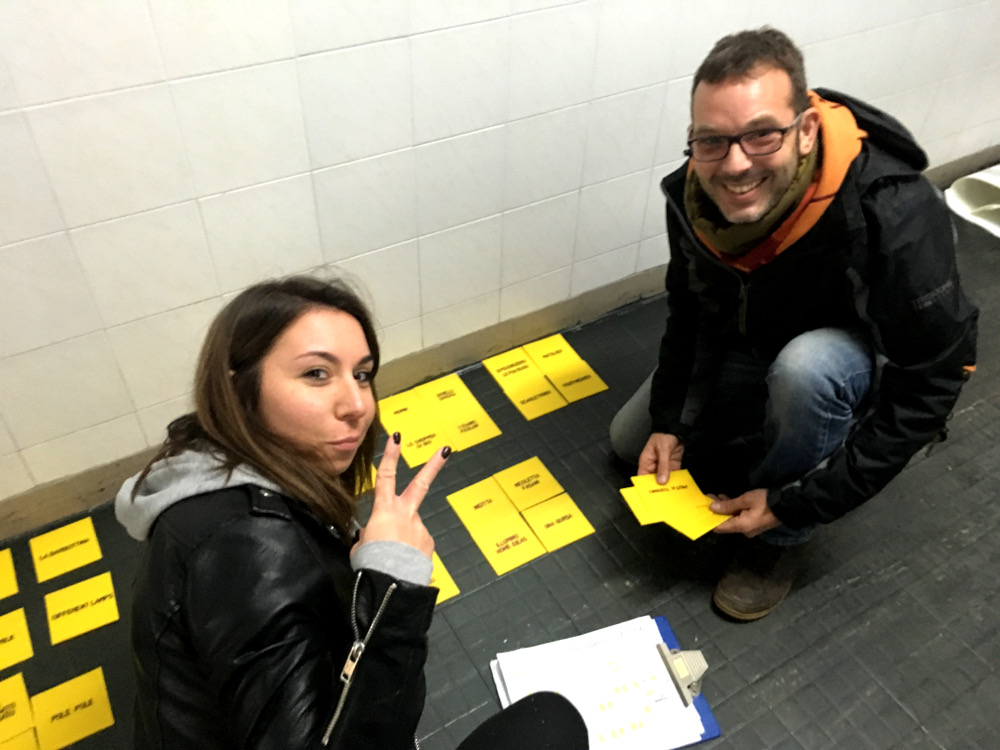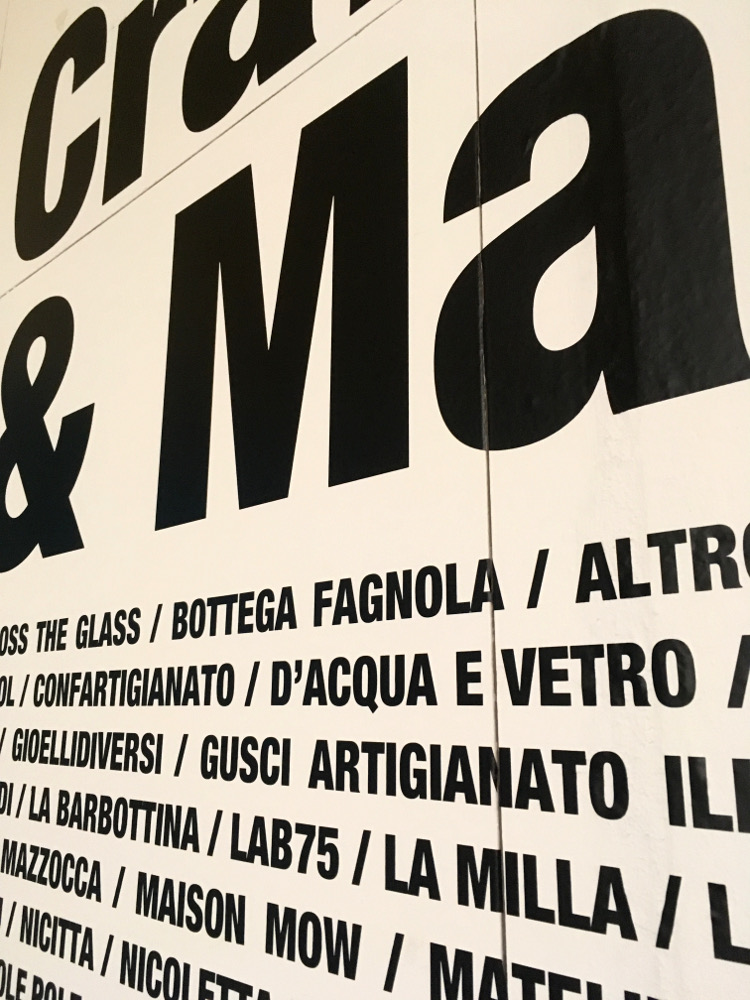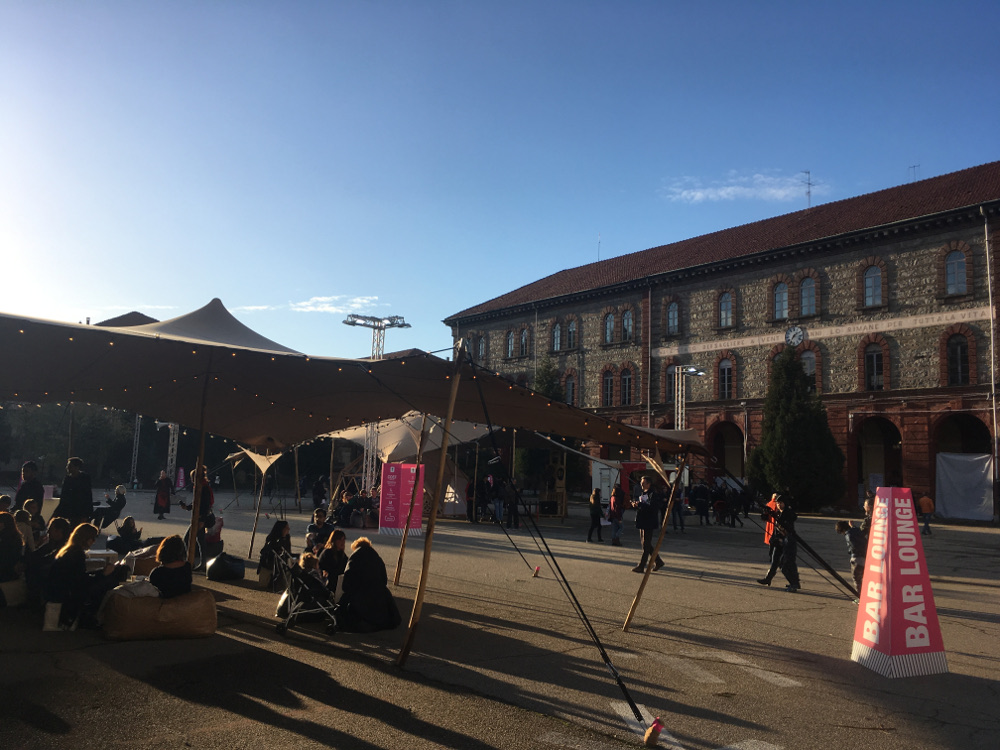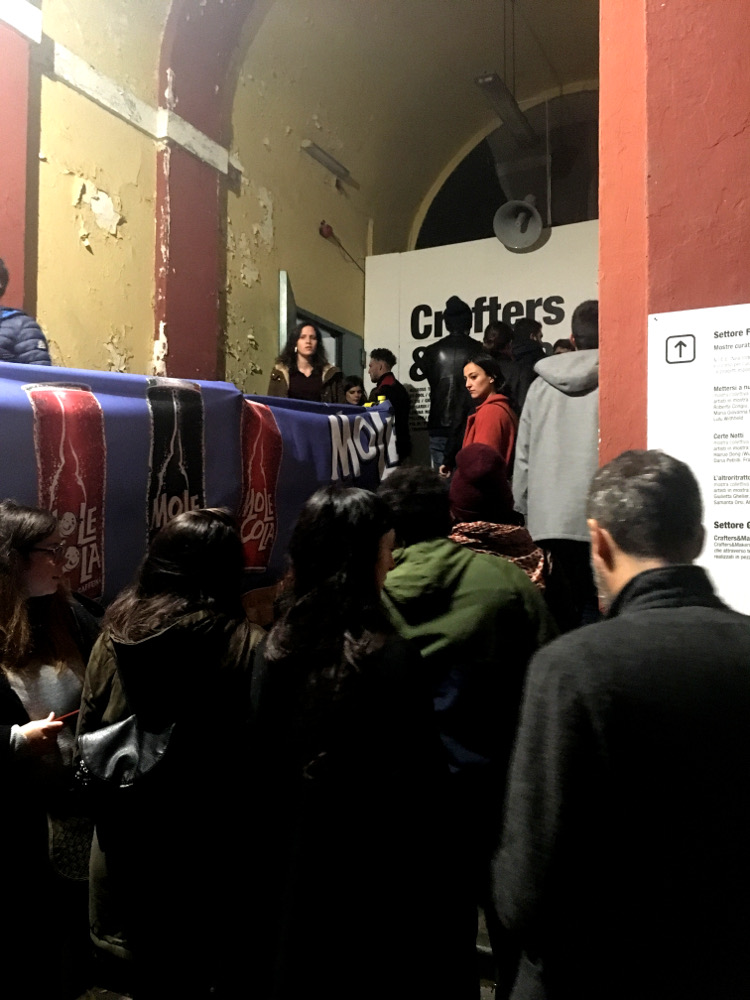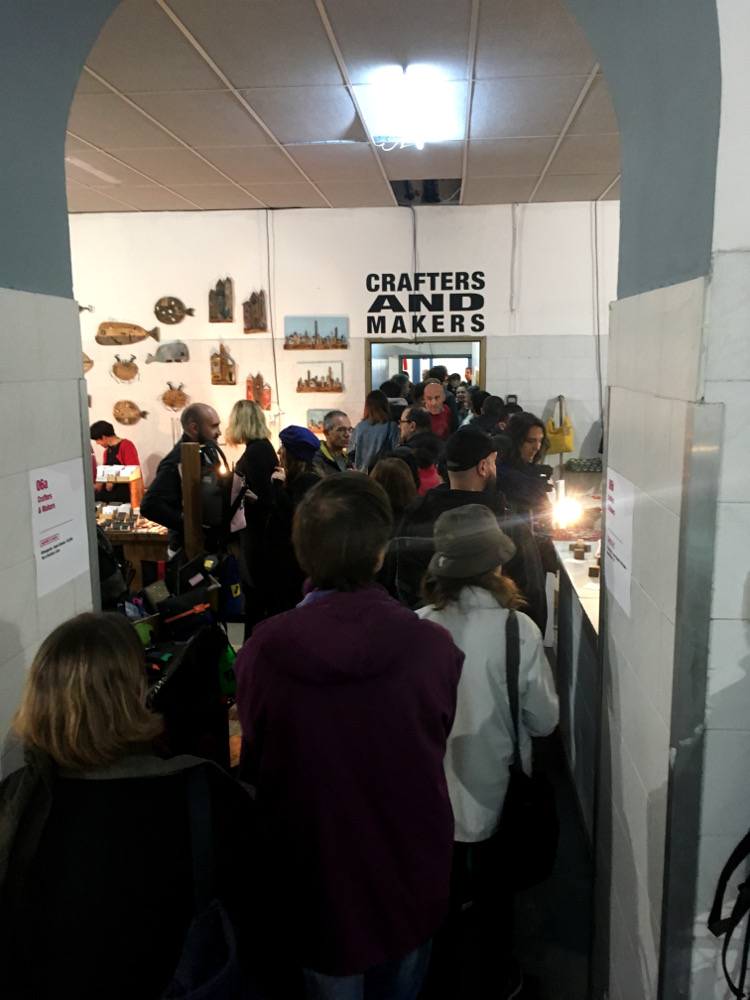Settembre 17 - Ottobre 5 / Via Riccardo Sineo 10 / Torino
Galleria fotografica dalla vernissage e una fantastica recensione critica di Alessandro Allocco, fondatore di ATB.
le opere in mostra: Choice Material (2021), Bums on Seats, The Dilemma, First Past the Post, A Coincidentalist Work (2020), 14 Exposures (2018)
di Alessandro Allocco
Puro significato, pura materia, povertà del soggetto, ma ricchezza infinita di un "credo" fortissimo: il cambiamento dell'arte.
"Raccolta da un esilio" è il lavoro, frutto di un'appassionata ricerca di Sam Vickers, esposto presso ATB Associazione Cultuale. E un esperimento di "non-arte come arte" nell'era dei social media,. Una serie di opere interattive baste sul tempo e sulla scelta dei materiali che trovano la loro ragion d'essere tra la vacuità concettuale e valore materiale in costante fluidità di significato pregna o scevra di valore affettivo a seconda che rientri o meno in una tendenza di mercato (di per sé privo di phatos, sensibile solo alle logiche economiche). Le opere di Sam Vickers traducono visivamente la voglia di dare al modo di percepire l'arte, un segno di cambiamento effettivo attraverso concetti coerenti ispirati dai social. In questa sua crociata in "esilio", l'artista britannico rinnova un linguaggio pittorico con la raffinatezza della materia provocatoriamente trasformata solo dal tempo. Le opere in esposizione, materiche e social, sono una concreta affermazione di stile dell'artista britannico. Sam Vickers ricerca l'avanguardia nel XXI secolo, come già fecero molti suoi colleghi artisti nel XX da Fontana a Burri, attraverso la tendenza a riconoscere un significato fondamentale alla materia non più subordinato all'immagine che si vuole rappresentare, in quanto è la materia stessa protagonista dell'opera.
Artisti del Neodadaismo come Rauschenberg, Johns, e Nevelson oppure dell'Arte Informale come appunto Burri, Milani, Somaini o addirittura del gruppo Gutai rientrano nella cerchia dei sostenitori della "materia", ma già nel precedente Surrealismo e Futurismo possiamo riscontrare grande interesse che avvalorerà quest'importante corrente artistica.
I primi quadri materici vennero realizzati con chiari intenti provocatori di denuncia sociale: violenti strappi, inquietanti sfondi neri o accozzaglie di tessuti senza una forma precisa, ma con simboli inerenti al contesto storico, gioielli dal fascino innegabile che suscitano curiosità e interesse. "Raccolta da un esilio", affronta una complessa questione: la non-arte è arte? Questo concetto non è nuovo anche se, nel nostro mondo occidentale odierno, la scissione tra Arte e non-arte è piuttosto recente. C'è una lunga storia legata al "quotidiano" -in particolar modo con il pensiero modernista- in cui il mondano sublima in quella "carica creativa" tipica del linguaggio artistico contemporaneo. Le opere di Sam Vickers in esposizione sostengono "un approccio culturale e olistico, soprattutto non etnocentrico, nella delineazione del processo di costruzione delle idee, delle pratiche e delle istituzioni delle arti..." (Larry Shiner in The invention of Art. A Cultural History 2001).
Il concetto di non-arte come arte si collega alle nuove e migliorate condizioni sociali del nostro opulento occidente, che hanno stimolato nuovi gusti e concezioni estetiche in verità dissimili rispetto alle realizzazioni accademiche del passato: nuovi luoghi nei quali fare esperienza e discutere di poesia, di pittura o musica strumentale al di fuori delle loro tradizionali funzioni sociali, luoghi fisici e virtuali, materiali e immateriali.
Il concetto di non-arte come arte non può prescindere dalla storia dell'arte attraverso la quale si percepisce che in ciò che la nostra cultura considera artistico c'è varietà di tempo, di luogo e di strato sociale come ben sottolineava Picasso che riconosceva l'arte in oggetti quotidiani, di lavoro o feticci provenienti dall'Africa o dall'Oceania (maschere rituali, bastoni, lance) e li innalzava a oggetti da museo. Aveva ragione perché, al di là del sistema di relazioni sociali che l'arte ha da sempre generato nella cultura e al di là dei diversi modi e stili di creatività formale, la dimensione estetica è sempre propria di ogni attività umana.
Il concetto di non-arte come arte è un elemento esperienziale comune e trasversale che interessa tutti gli strati sociali perché, in fondo, essere artisti è una caratteristica fondamentale della nostra specie, è bisogno e capacità codificata nella nostra memoria genetica, è necessità elementare dell'essere umano alla continua ricerca di appagamento, soddisfazione e agio, al di là della mera utilità.












